It was the best of spice, it was the worst of spice — it was the pumpkin spice.
My mother began losing her organizing skills between five and ten years ago. In a 4,000 square foot house, there are a lot of places for chaos to hide. To move it all to another, smaller home is to learn psychology, anthropology, and archeology all at the same time.
My son took it upon himself to pack the old pantry and organize the new one. I remember him commenting on how many duplicate spices there were, but I couldn’t get involved. I had my own battle of inches with her seasonal napkin collection.
As I began cooking in the new kitchen, I saw that duplicates were not the only problem with the spices. Two of the three spice racks were on the left side of the pantry, tucked back in a narrow corner behind the hooks that held aprons and cloth bags. Another was on the right, easily reachable but incomplete. Even with three racks, there were so many spices that my son had organized part of another shelf in the pantry for all the bottles that wouldn’t fit into the spice racks. This set us up for the same duplication problem — my mom bought a new bottle when she couldn’t find what she wanted in her old pantry.
Sunday night, I was wondering what to write about and nothing felt relevant. This usually means I need to do something else for a while, preferably something difficult. I decided to finally tackle the spice problem. If you are a writer, I know this looks suspiciously like procrastination, and I encourage you to be honest with yourself about this kind of diversion. In my experience, when I’m stuck, I’m usually trying to make something out of nothing. The tank is empty. I fill it by engaging with the world on its most mundane level. I make an appointment. I go to the grocery store. I pull some weeds. While I’m solving boring little problems with my muscles and a crumpled list, some simple thing will suddenly expand into deep time and connect to the rest of the universe. It happens in a few paragraphs. You’ll know.
I took every jar and tin out of the pantry, culled and combined duplicates, and alphabetized them. I could have opened an Etsy store. It was a Manhattan skyline of McCormick bottles.
I smelled and tasted the duplicates to determine which one to save. Plastic jars lost their strength before glass ones. I relabeled glass jars with masking tape and a Sharpie. I poured spices from new plastic into old glass. Different brands had surprisingly varied textures, colors, and smells. For some, their “use by” dates indicated that this was their second house move — those went in the garbage. One old plastic bag of “wild Greek oregano” was shockingly vibrant and I’ve earmarked it for a recipe.
I removed the spice racks on the left and moved them to the right, which required a trip to the hardware store. I reshelved the spices alphabetically except for spice blends. Those would go on their own shelf, a General Assembly Hall for the United Nations of Italian spice, Moroccan Spice, and Cajun Spice. These little weeds and seeds could transform a potato into an expression of cultural history. Hyperbole aside, all these spices might have fit into a paper grocery bag. They contained an essentially infinite palette for telling a human story.
As I was shelving the spice blends, almost done with the entire task, I rested my eyes on the pumpkin pie spice and the Thing happened. Here was a unique and ubiquitous blend of one root, various seeds, and the bark of a tree, harvested and imported from several countries on at least two continents, for a single recipe made once — maybe twice — a year.
I’m writing this in October, when the sweater-clad pumpkin spice season begins. There will be mulled ciders at the PTA, Sunday-school pomanders, and persimmon puddings. Most notably, in 2003, Starbucks introduced the pumpkin spice latte and dropped “pie” from the name. It remains a cultural phenomenon, and there doesn’t seem to be anyone who can take it or leave it. A meme was born.
Everything that followed left “pie” off the name. Pumpkin spice trash bags. Pumpkin spice body wash. For about $12,000, you can propose with a pumpkin-spice-inspired engagement ring from Angelic Diamonds, shaped like a pumpkin and topped with a whipped-diamond froth.
Cinnamon. Nutmeg. Ginger. Allspice. Cloves.
We already had all those things, some in multiple forms — whole, ground, and fresh. Was it so difficult just to add them all to a pie once a year? Even the little metal tin is enough to do a dozen years’ worth of Thanksgivings and whatever you celebrate at the end of the year.
The can in my hand was older than the pumpkin spice latte. I’m 52, and pumpkin pie spice was at the grocery store when I was still in the cart. When did pumpkin pie spice achieve thing-hood?
The first cookbook produced in the United States of America, American Cookery, was published in 1796. I must share the full title of this book with you. We think “pumpkin pie spice” is one word too many? Well, as I’ve said before, back then people could really name things.
“American Cookery, or the art of dressing viands, fish, poultry, and vegetables, and the best modes of making pastes, puffs, pies, tarts, puddings, custards, and preserves, and all kinds of cakes, from the imperial plum to plain cake: Adapted to this country, and all grades of life.”
The only thing we know about the author is her byline, “Amelia Simmons, An American Orphan.” It’s not much of an autobiography, but being an orphan likely would have meant that she was a domestic worker and not formally educated. Maybe it was a way to assert her authenticity in the culinary arts. Only twenty years after the American Revolution, she may have felt orphaned from her own nationality and sense of identity. Regardless, she gave us a collection of recipes that was so popular it was widely pirated, a book that included for the first time all-American ingredients like turkey, cranberries, maize, squash, and pumpkins.
In the political wilderness of a newborn country, American Cookery must have given testament to what was perhaps the real revolution. Out of necessity, the colonists had already woven an independent culture and identity from the materials at hand. For all its gory glory, a military victory is a mundane task, a grocery list, a pulling of weeds. Nations are not defined by borders, but by their languages and cuisines.
Garam Masala. Herbs de Provence. Gomasio.
Most of the recipes in American Cookery were British in origin but, like the language, they were different enough. Noah Webster gave us our grammar. Amelia Simmons gave us our food.
Among the tarts and puddings, American Cookery contains the first published recipe for pumpkin pie. It calls for ginger, nutmeg, allspice, and mace (the fleshy covering of the nutmeg seed).
Before modern medicine and sanitation, spices were more than flavors. Ginger is anti-inflammatory and aids in digestion, helpful for all the rich and heavy foods of the harvest season. Cloves sweeten the breath, and their oil inhibits mold. The spices stimulate your nerves and make you feel warm all over. Many are antimicrobial. They would have made an impact on quality of life that’s hard for us to imagine now.
It’s hard to know when pumpkin pie became popular before American Cookery, but it’s been on the menu since. In 1930, a company called Thompson & Taylor made a special blend they called “pumpkin pie spice.” McCormick released their version a few years later. No more grinding and measuring all those spices, just dip your teaspoon in a little jar and get those pies in the oven. The Great Depression doesn’t seem like a good time to develop a new product, but I suspect the middle class returned to cooking at home. Most counterintuitively, people began to live longer. Now that I’m sharing a home with my mother and my son, I can attest that living together and eating homecooked meals will make a lean life richer.
And the smell. To smell something important in your life is to immediately remember feeding your newborn, your dad slapping on Old Spice before church, your first wrecked car leaking oil and gas onto the scarred pavement. Smells go to places in your brain where no other sense can go.
In 1995, I was working in a little co-op when I was transported immediately back to my childhood in Germany. I was seven. It was cold. My father sent me upstairs with the rent check, and our gorgeous, fat landlady pinched my cheeks until they were red and sent me back downstairs with a chocolate bar as big as my head. I remembered all this like a dream, a moment containing a lifetime, all adrift in an aroma that disappeared before I could name it.
I spent weeks obsessed with finding the smell, wondering if it could induce that dreamworld again. One day, I was walking through another market, and it hit me. This time, there was a big display, and the smell was everywhere. It was marzipan.
But hear me out. There’s something even more special about pumpkin pie spice, no less so the Starbucks pumpkin spice latte, and — Lord help me —even the body wash.
In 2015, my partner and I were wandering the streets of Rome, looking for artichokes. We had missed them by two weeks. If you are American and you don’t travel much, I want you to imagine a place where certain foods are only available at the time of year that they are locally fresh. Imagine walking into a Whole Foods in January and there are no apples. No pears. No berries. You ask the produce manager, and he tells you to come back in five or six months.
You’ve just imagined reality in most of the world. Even in my lifetime, many things were like that in America, but it’s easy to forget. We walk into the grocery store with a list and expect everything to be there. Mostly, it is.
But you know what you can’t get most of the year? A Starbucks pumpkin spice latte. Could they make it year-round? Of course they could.
Isn’t it nice that they don’t? Shouldn’t we have one special thing to mark the season, to remind us that the earth goes round the sun on this perfect, imperfect tilt, that everything is fragile and temporal, that our mothers and sons and whole nations will come and go, that tremendous wars will be fought by forgotten heroes while one domestic servant lives on in history, an orphan in an idealistic country who fed someone else’s children like the parents she never had, a woman unknown but enthroned on a bookshelf in The Library of Congress, still warming our hearts from a little metal can on a spice rack in my mother’s pantry?
It's as American as pumpkin spice.
I’m sure Ms. Simmons would envy my mother’s spice rack, before or after the remodel. She would certainly be surprised at the grown-up nation she nursed in its infancy.
I’ve always been a bit of an iconoclast. I’ve poked fun at my lover’s pumpkin spice coffee creamer. I’m here to say, that wasn’t fair. The flavors and aromas that tell our story are deeply ours —and culturally relevant — whether they are trendy or not.
If you need pumpkin pie spice, come by my house. Seriously. We have you covered.
If you’re not local, you’re still my people. We made it, y’all. No one could doubt America’s nation-ness now, and we go on defining it in our words and in our kitchens. Whether you’re standing at a dessert table in Connecticut on Thanksgiving afternoon about to do something unwise and delicious, in line at a coffeehouse just off the interstate wanting something that smells like home until you can get there, or making a new home in a world that never gave you one, I raise my mug to you, and to Amelia Simmons, an American orphan, home at last.

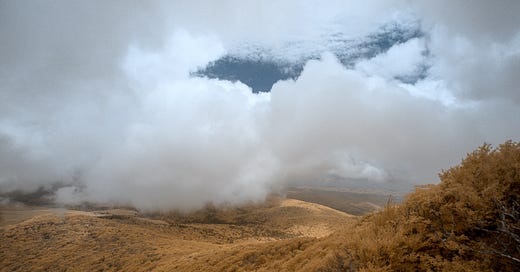



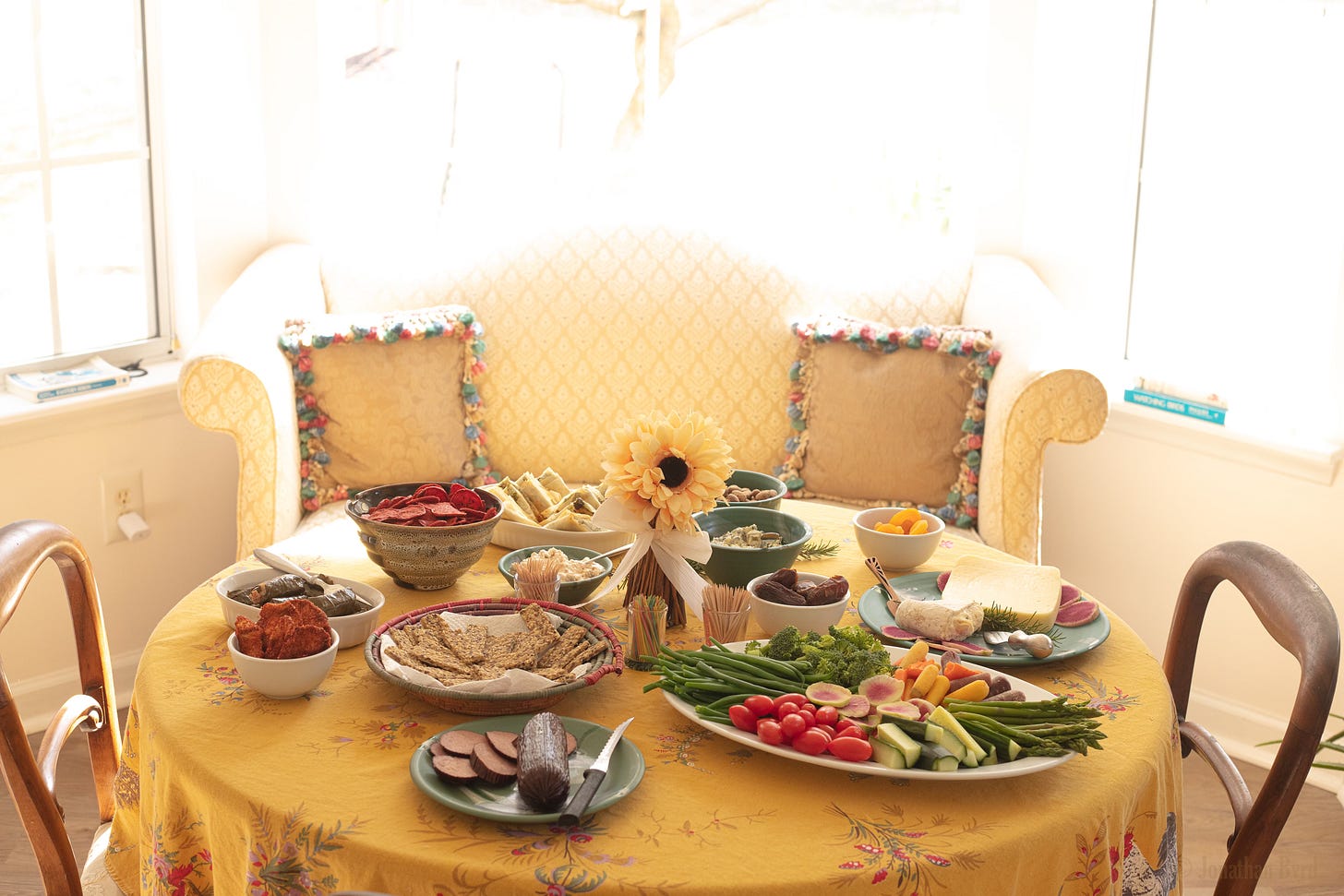
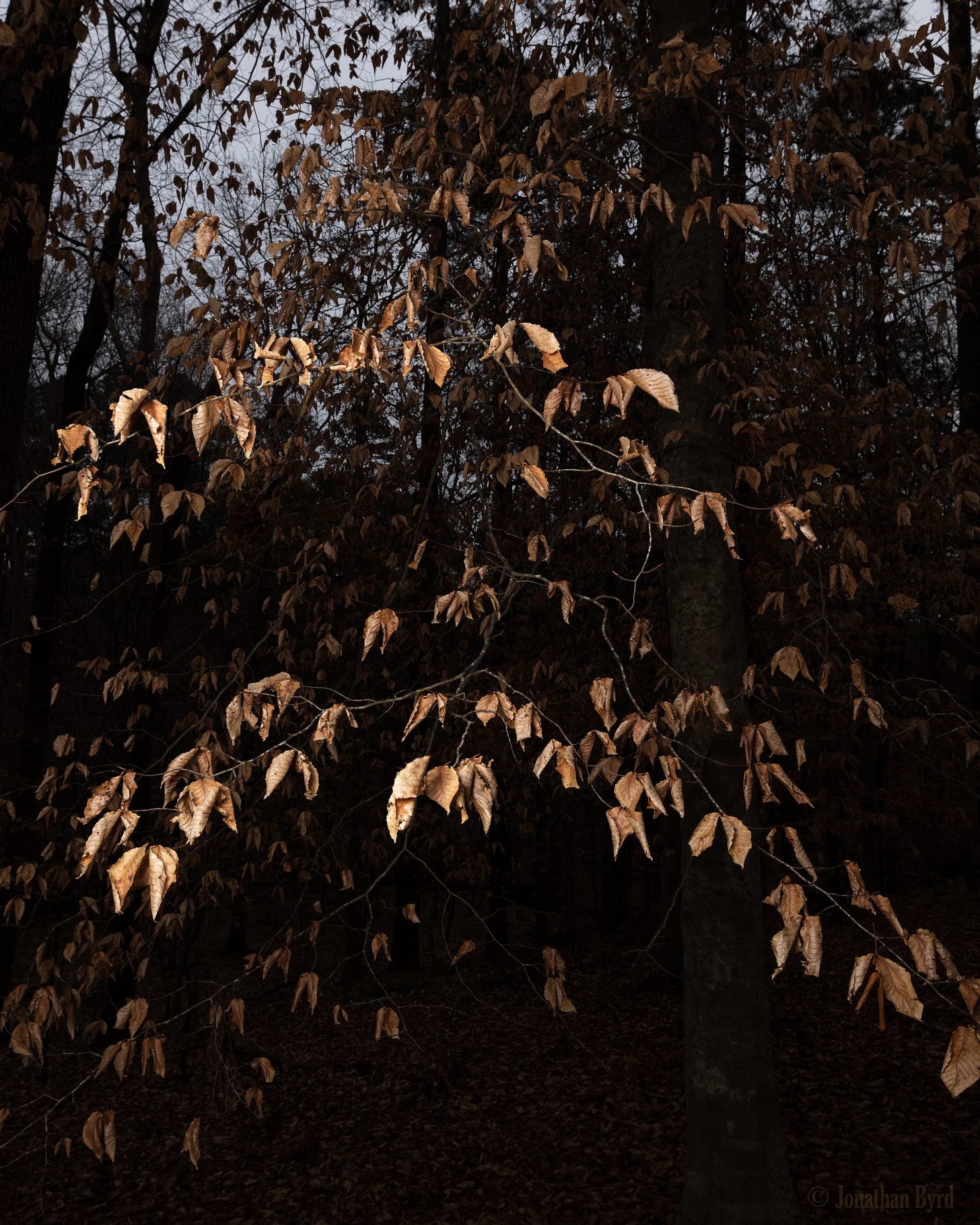

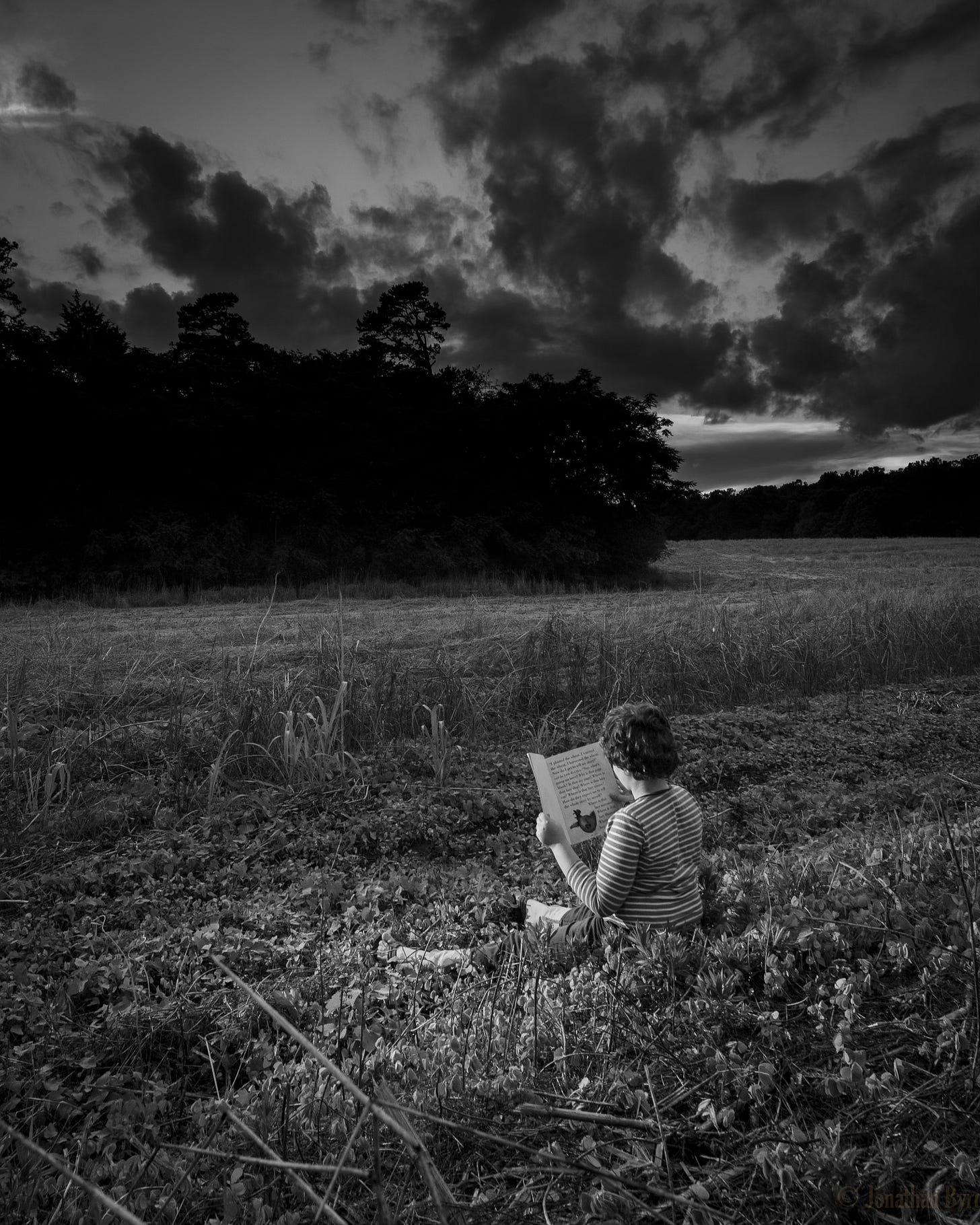
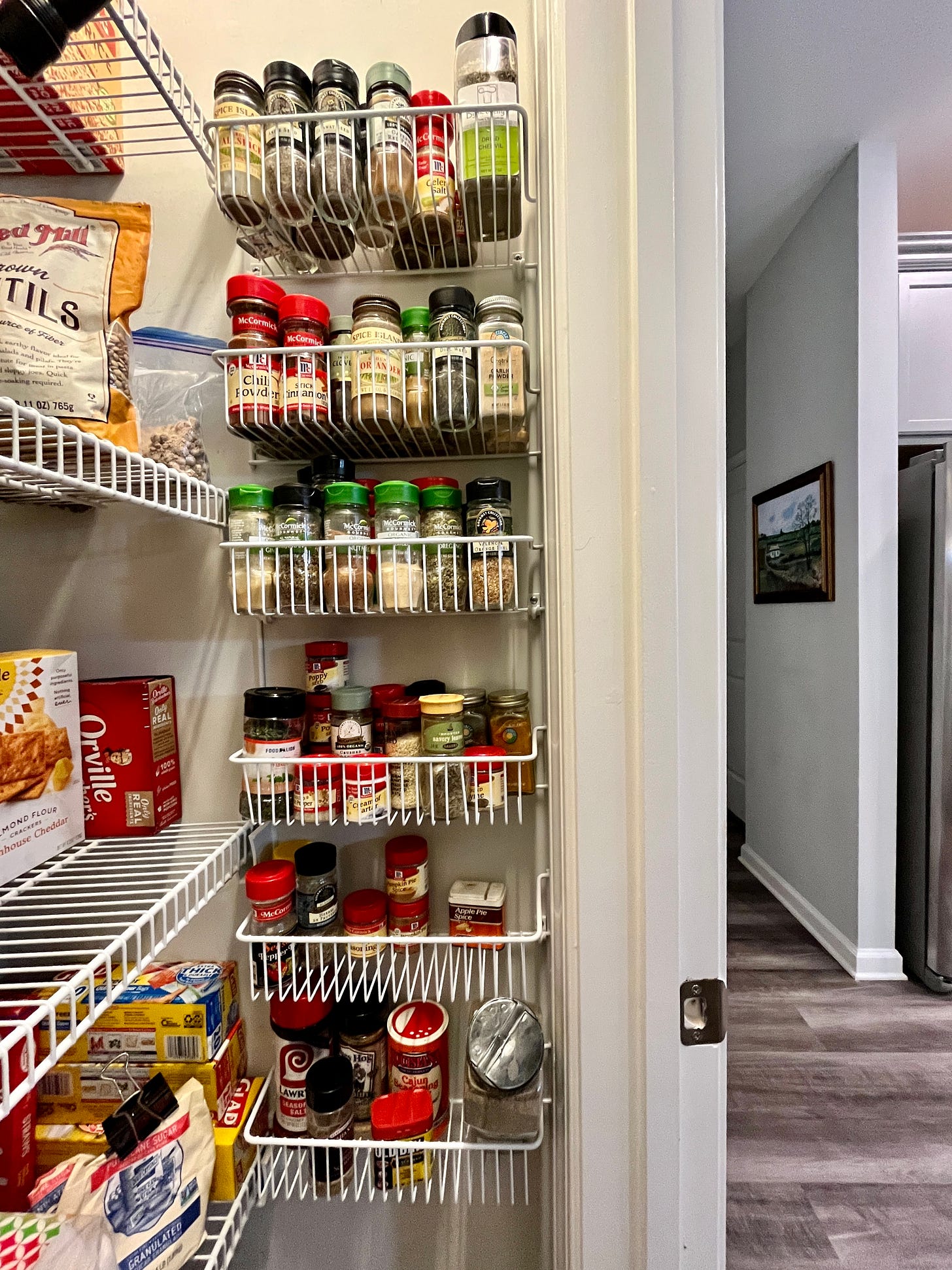









Share this post